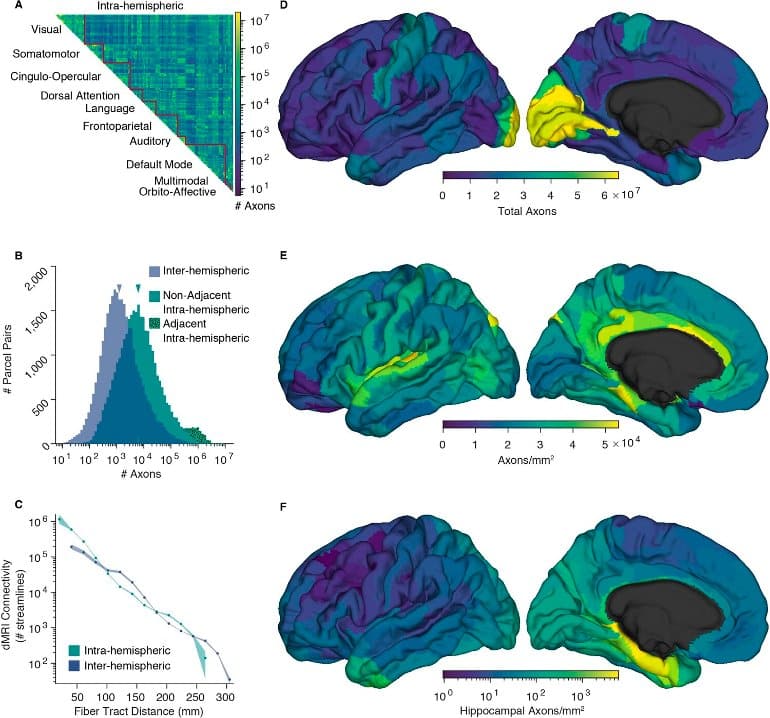It is your doctor's responsibility to objectively know the damage to both the gray matter and the white matter in your brain. Without that knowledge your doctor is totally guessing what needs to be done to get you recovered. Which might explain those doctors who prescribe E.T.(Evaluate and Treat) to the therapists. They know nothing about stroke rehab so they are punting responsibility to the therapists. From this research it seems imperative your doctor knows EXACTLY how to initiate axon pathfinding, neurite outgrowth and dendritic branching.
axon pathfinding (35 posts to March 2012)
dendritic branching (38 posts to February 2012)
neurite outgrowth (29 posts to January 2012)
And if your doctor knows nothing about semaphorins you don't have a stroke doctor.
RUN AWAY!
Semaphorins and their Signaling Mechanisms January 2018
From there:
Early studies revealed that semaphorins function as axon guidance molecules,(We need this to have our white matter do the connections needed.)
Distant Regions of the Human Brain Are Wired Together by Surprisingly Few Connections
Summary: Study reveals axon density is lower than previously believed between distant regions of the brain.
Source: PLOS
Understanding how the brain functions, particularly how information is processed during different activities, is difficult without knowing how many axons are in the brain and how many connect different functional regions.
An approach by Burke Rosen and Eric Halgren at the University of California, San Diego, U.S. published March 24 in the open-access journal PLOS Biology, shows that despite the functional importance of connections between far-reaching regions of the brain, the actual number of these connections is low.
In the new study, researchers combined diffusion MRI data from the Human Connectome Project with histological cross-sections of the corpus callosum, the major tract that connects the left and right sides of the brain.
The Human Connectome maps the strength of all connections in the brain but does not provide the actual number of axons, while the histological cross-sections allow estimates for how many axons are packed into a given volume.
Combining the connection strengths with the axon densities yielded estimates for the number of axons in the cerebral cortex.
The analysis indicated that there are almost 2.5 billion long-range axons traversing the cerebral cortex.

However, despite this large number, they found that the numbers connecting different functional brain regions were quite low. For example, among the estimated 130 million axons in the arcuate fasciculus tract, only about 1 to 2 million (less than 2%) directly connected Broca’s and Wernicke’s areas, a connection that is necessary for normal language ability.
The model predicts that other long connections, like those from the hippocampus to the frontal cortex that are needed for memory retrieval, are actually made in multiple steps.
The findings will thus improve models of cognition, especially processes that rely on connections between distal regions of the brain.
“A major unsolved problem is how the human cortex integrates information processing by its 16 billion neurons(Isn't it 80 billion?) across its surface to unify awareness,” Rosen adds.
“Our finding that cortical areas are sparsely connected implies that this integration is accomplished either via linkage of the dense local connections or by rare, extraordinarily privileged long-range axons.”
About this neuroscience research news
Author: Press Office
Source: PLOS
Contact: Press Office – PLOS
Image: The image is credited to the researchers
Original Research: Open access.
“An estimation of the absolute number of axons indicates that human cortical areas are sparsely connected” by Burke Q. Rosen et al. PLOS Biology
No comments:
Post a Comment